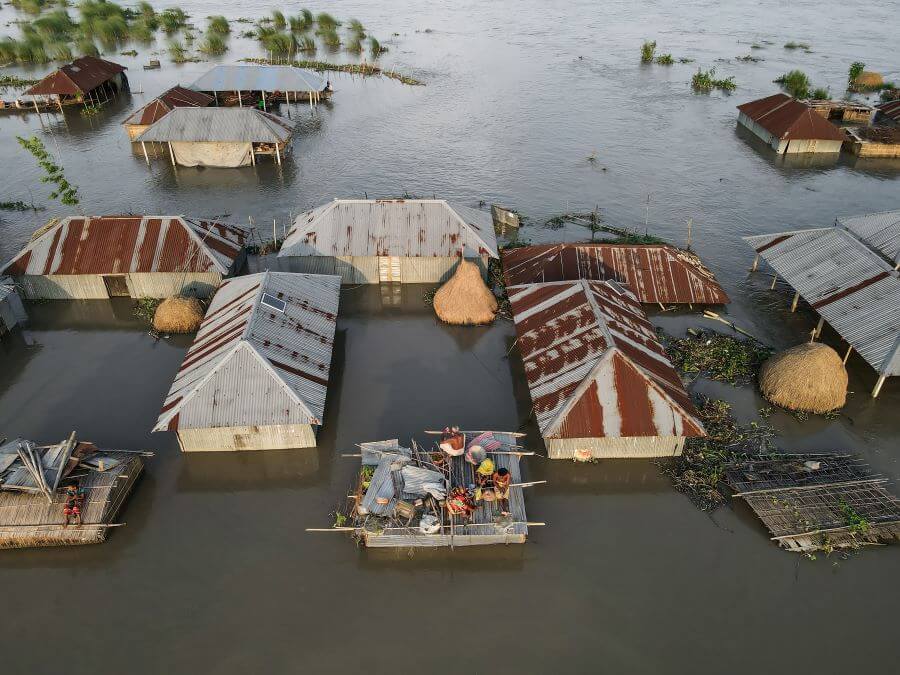Table of Contents
El Nino made its presence felt in India this year. Global weather patterns are significantly impacted by El Nino, a climate phenomena that is defined by an increase in sea surface temperatures in the central and eastern equatorial Pacific Ocean. El Nino’s disproportionate impact on North India in comparison to other locations is one of the noteworthy findings. In this article team SciBog tried to examine the factors that explain why North India is more severely impacted by El Nino than other regions.
What is El Nino?
El Niño is a part of the El Niño-Southern Oscillation (ENSO) climate cycle, which has significant implications for weather systems across the globe. During an El Niño event, the warming of Pacific Ocean waters triggers atmospheric changes that can lead to altered precipitation patterns, droughts, and heatwaves in various parts of the world.
Effects of El Nino:
- Rainfall Deficits: One of the most noticeable effects of El Niño on North India is the disruption of the Indian monsoon. Statistical data shows that during El Niño years, North India experiences a decrease in monsoon rainfall. For example, in the El Niño years of 1997 and 2015, rainfall deficits in North India were significantly higher compared to other regions.
- Temperature Anomalies: El Niño leads to warmer temperatures in North India. Statistical analysis reveals that during El Niño years, North India tends to experience above-average temperatures. This warming effect contributes to the exacerbation of drought conditions.
- Agricultural Impacts: The altered rainfall patterns and temperature increases associated with El Niño have a substantial impact on agriculture. Crop yields can be severely affected, leading to food security concerns. Historical data shows that El Niño years often correspond with poor agricultural output in North India.
- Water Resources: Reduced monsoon rainfall during El Niño events affects water reservoir levels, leading to water scarcity in regions dependent on monsoon-fed water sources. This can have socio-economic implications, including disruptions in irrigation and hydropower generation.
Why El Nino is prominent in North India?
Several factors contribute to why El Niño’s impact is more pronounced in North India compared to other areas:
- Topography: North India’s topography, with the Himalayan mountain range to the north. The Gangetic plains also influences atmospheric circulation patterns. This can lead to a strengthening of the monsoon circulation during El Niño, resulting in over average rainfall.
- Strong low pressure zones: North India is relatively far from the equator compared to other regions affected by El Niño, such as Southeast Asia and Australia. The second branch of the Monsoon winds gushes along with the Himalayas. Also the aggravated summer temperatures create low pressure zones in this region.
- Interaction with Other Climate Modes: The interaction between El Niño and other climate modes, such as the Indian Ocean Dipole (IOD), can amplify the precipitation conditions in North India during El Niño events.
Recent statistical research highlights importance of El Nino research for India. Changing global climatic conditions needs to be studied with a fresh approach. Because the subcontinent conditions are very unique. El Nino has a greater impact on the weather patterns in North India than it does elsewhere due to the region’s particular geography, distance from the equator, and interactions with other climate modes. In order to better plan for and lessen the effects of El Nino events in the future, politicians, researchers, and communities must understand these statistical trends and underlying variables.
